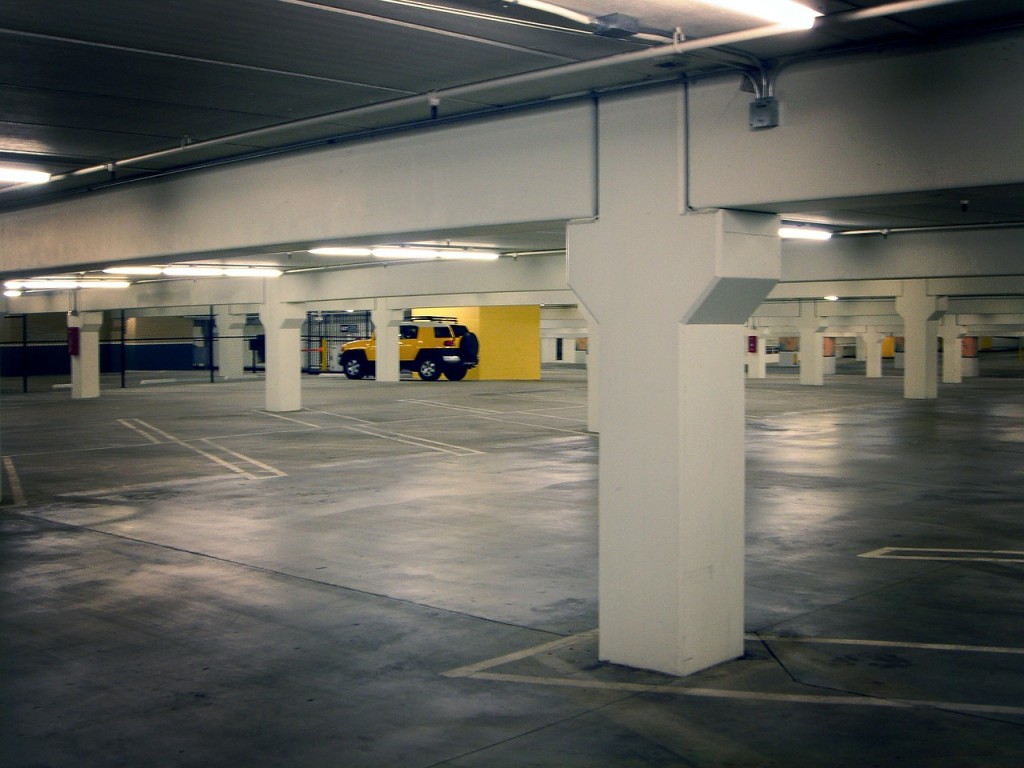Parking Garage Gas Detectors

Monitoring system malfunction.
Parking garage gas detectors. In parking garages vehicle traffic is part of everyday operations. Underground enclosed or otherwise confined parking structures loading docks and warehouses may become hazardous areas when exhaust gathers from cars tractor trailers forklifts and other fossil fuel burning engines. Vehicle exhaust presents an interesting challenge when designing a gas detection system. Other gases are present as well like lpg liquefied petroleum gas and hydrogen emitted while charging electric vehicles.
2 may notify the building automation system if. For gas detection applications in which diesel engines are employed nitrogen dioxide should also be measured to ensure adequate coverage. Consequently exhaust gases containing carbon monoxide and nitrogen dioxide will be released into the air under normal conditions. Imc 404 1 enclosed parking garages.
Where mechanical ventilation systems for enclosed parking garages operate intermittently such operation shall be automatic by means of carbon monoxide detectors applied in conjunction with nitrogen dioxide detectors. This would be considered a nuisance. 1 activate a buzzer inside the gas detection system controller. A gas detection system in a parking garage should not go directly into alarm upon detection of carbon monoxide.
Dependable gas detection in these areas can protect those who enter or work in these areas. Parking garages and carbon monoxide gas detectors parking garages maintenance bays and other areas that will have vehicles running in an enclosed space must be ventilated to prevent the build up of carbon monoxide and other dangerous gases from vehicle exhaust. For gasoline natural gas or propane powered vehicles carbon monoxide is the primary gas of concern.













































